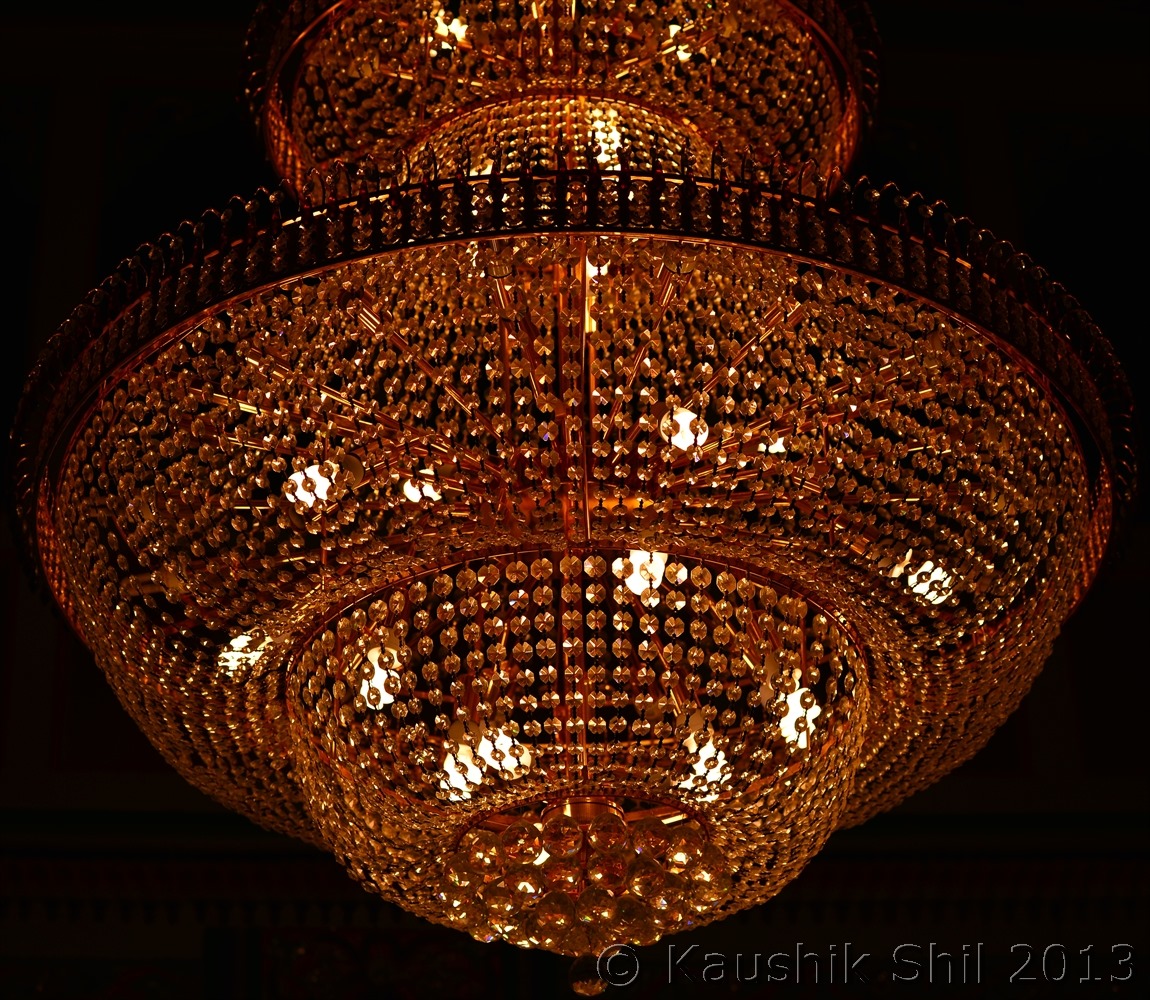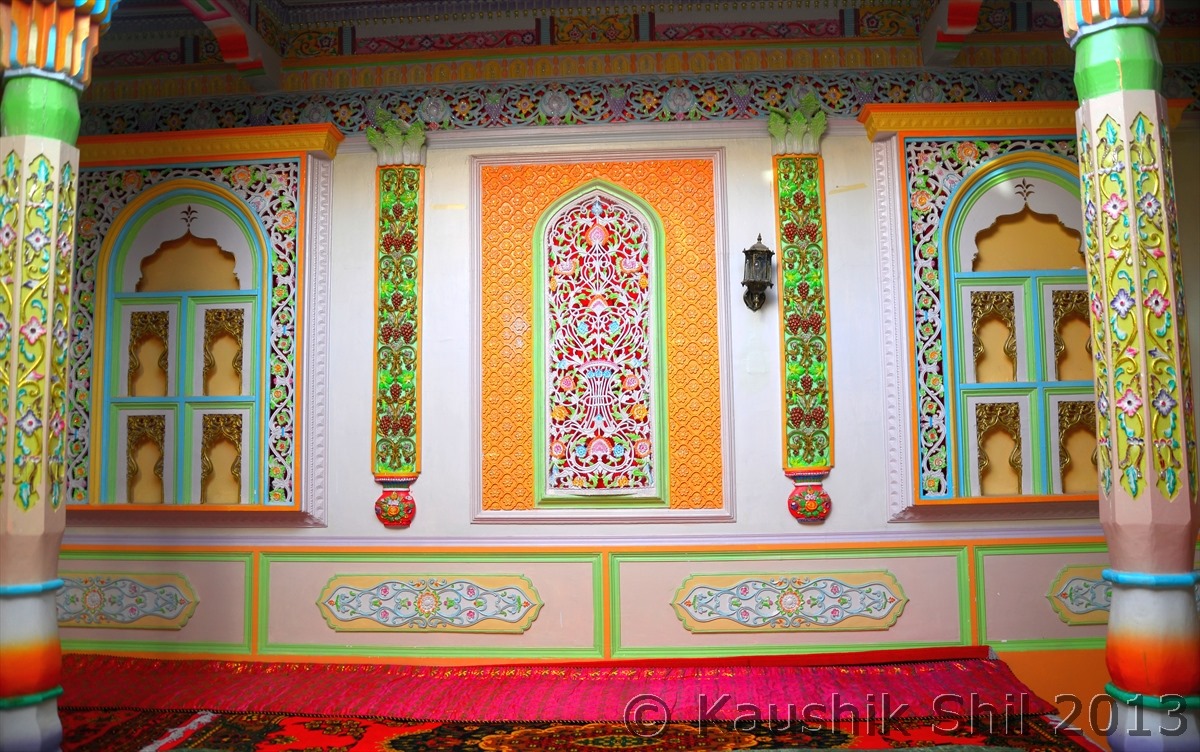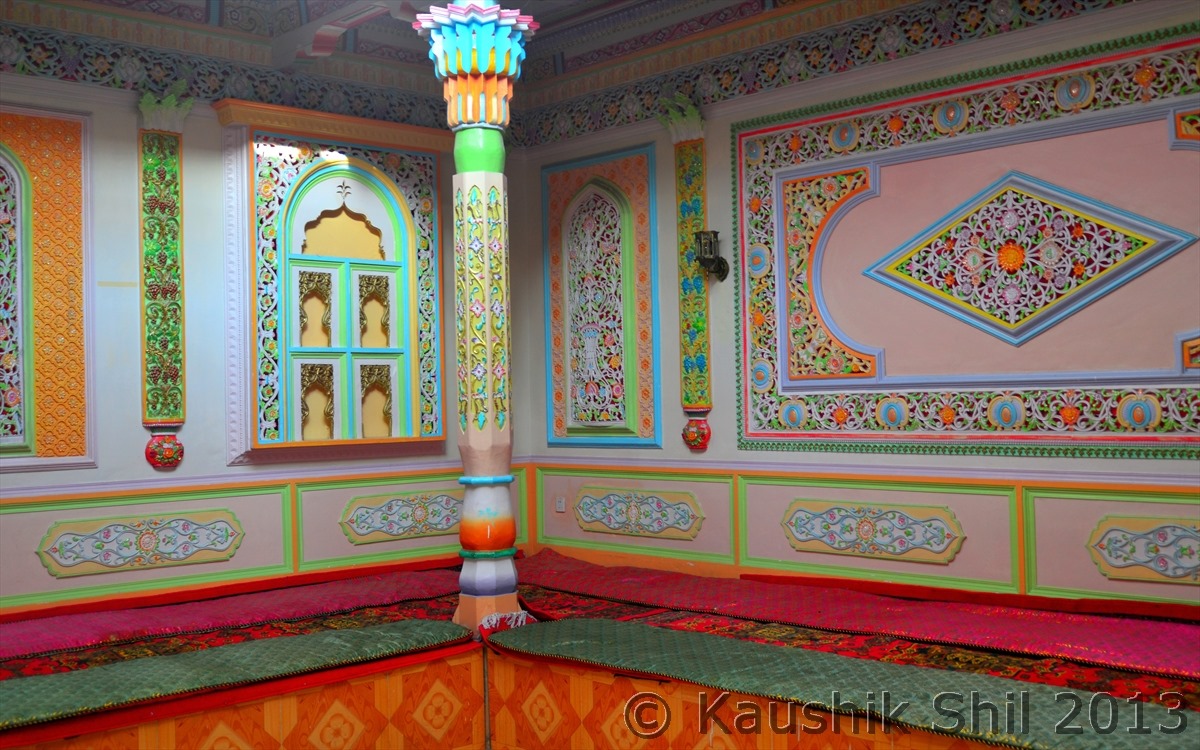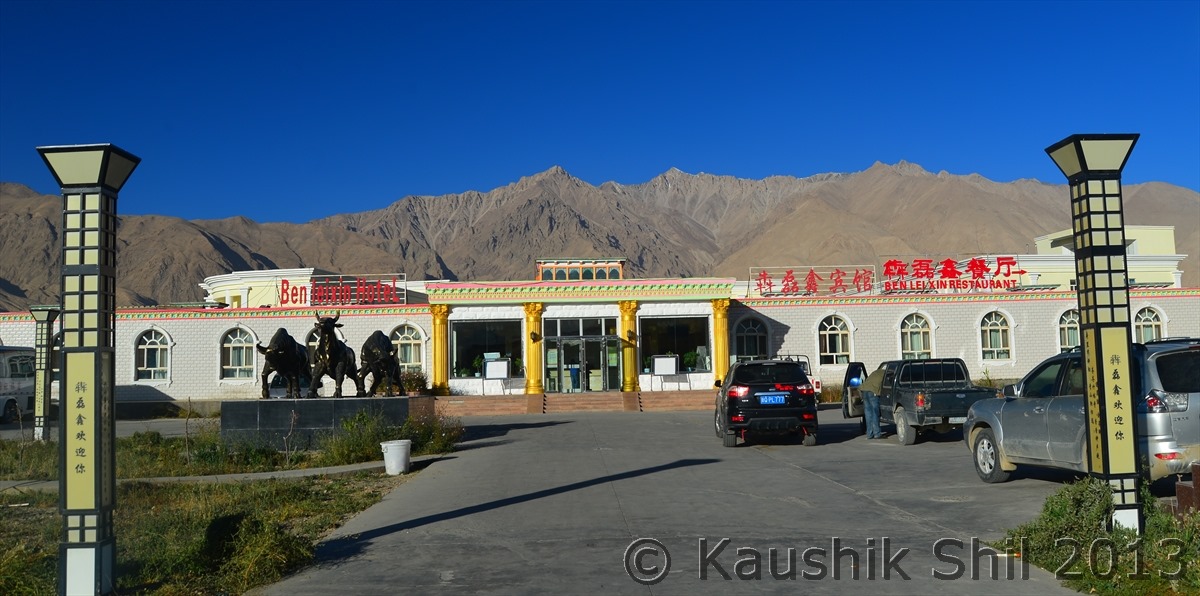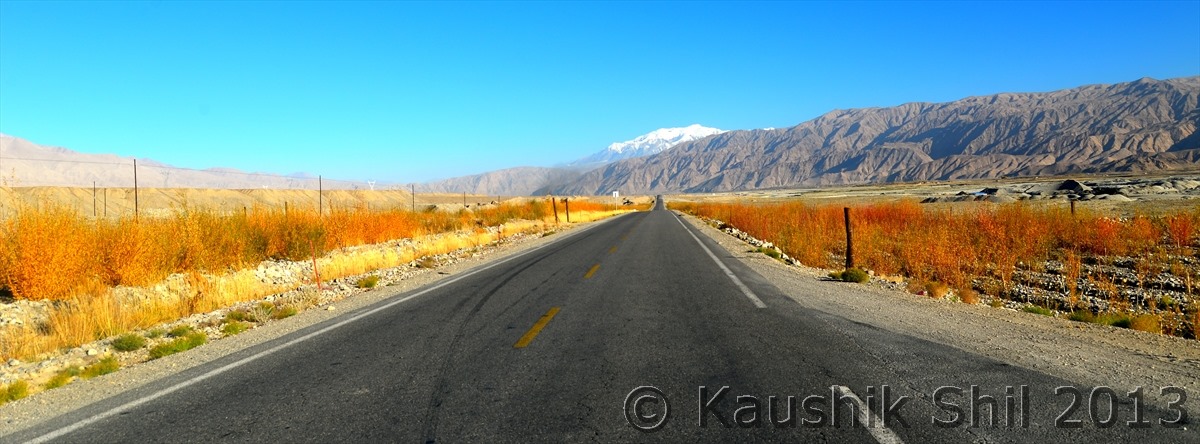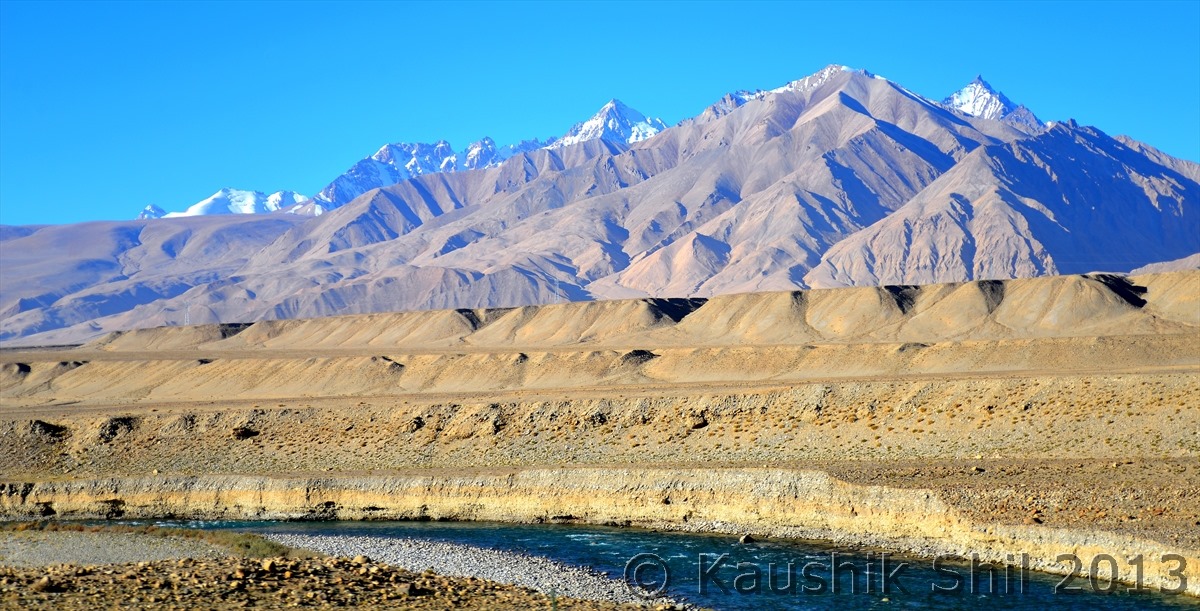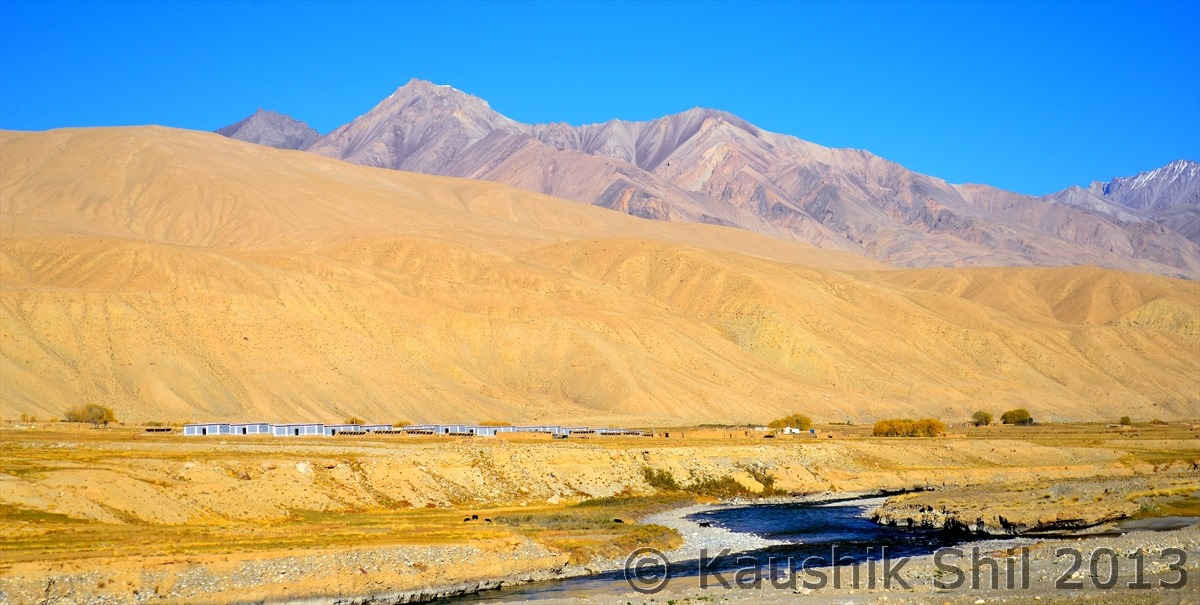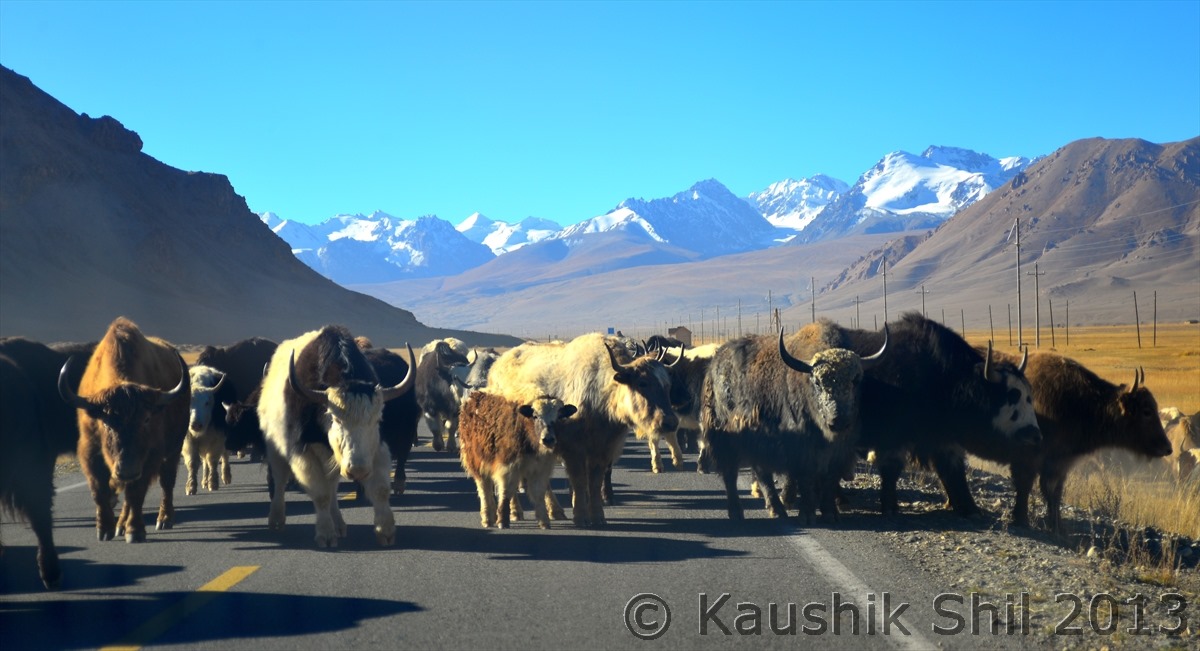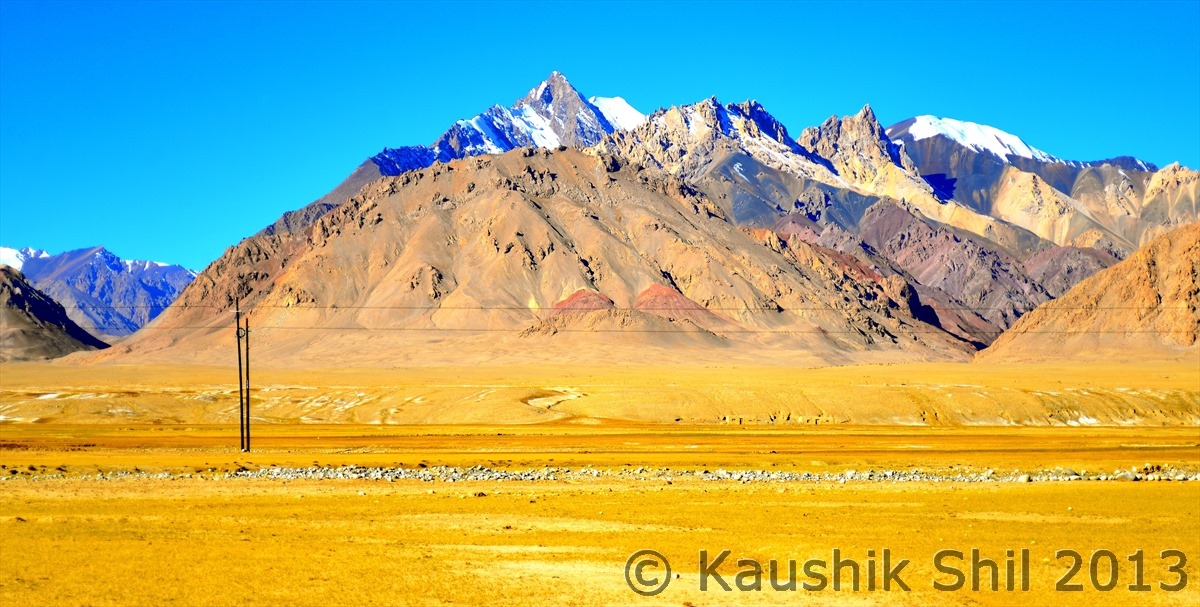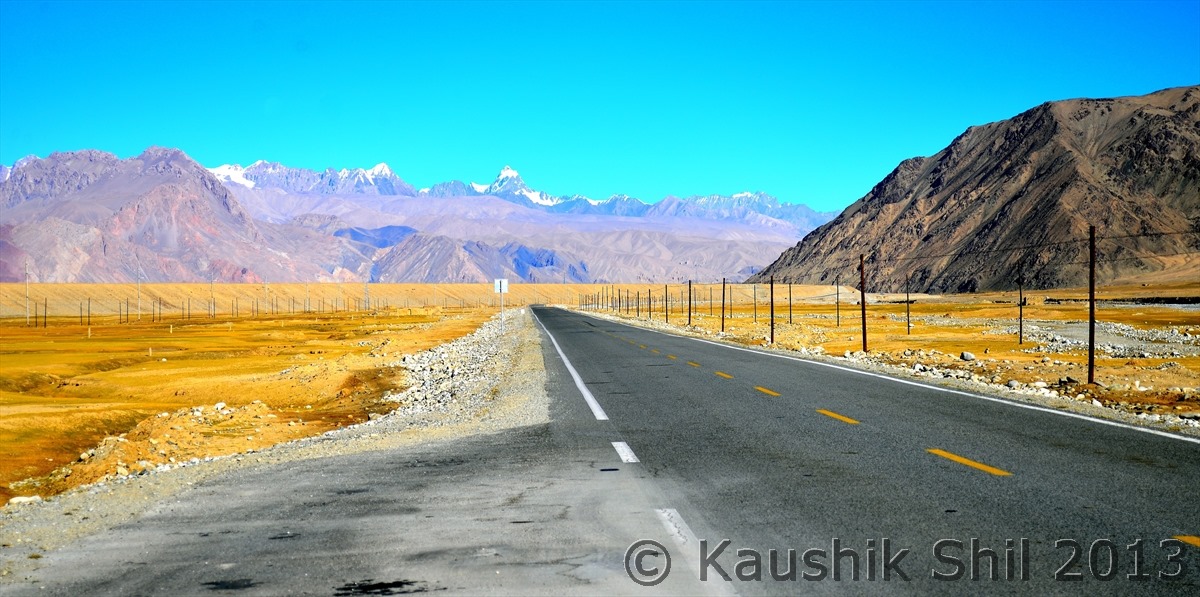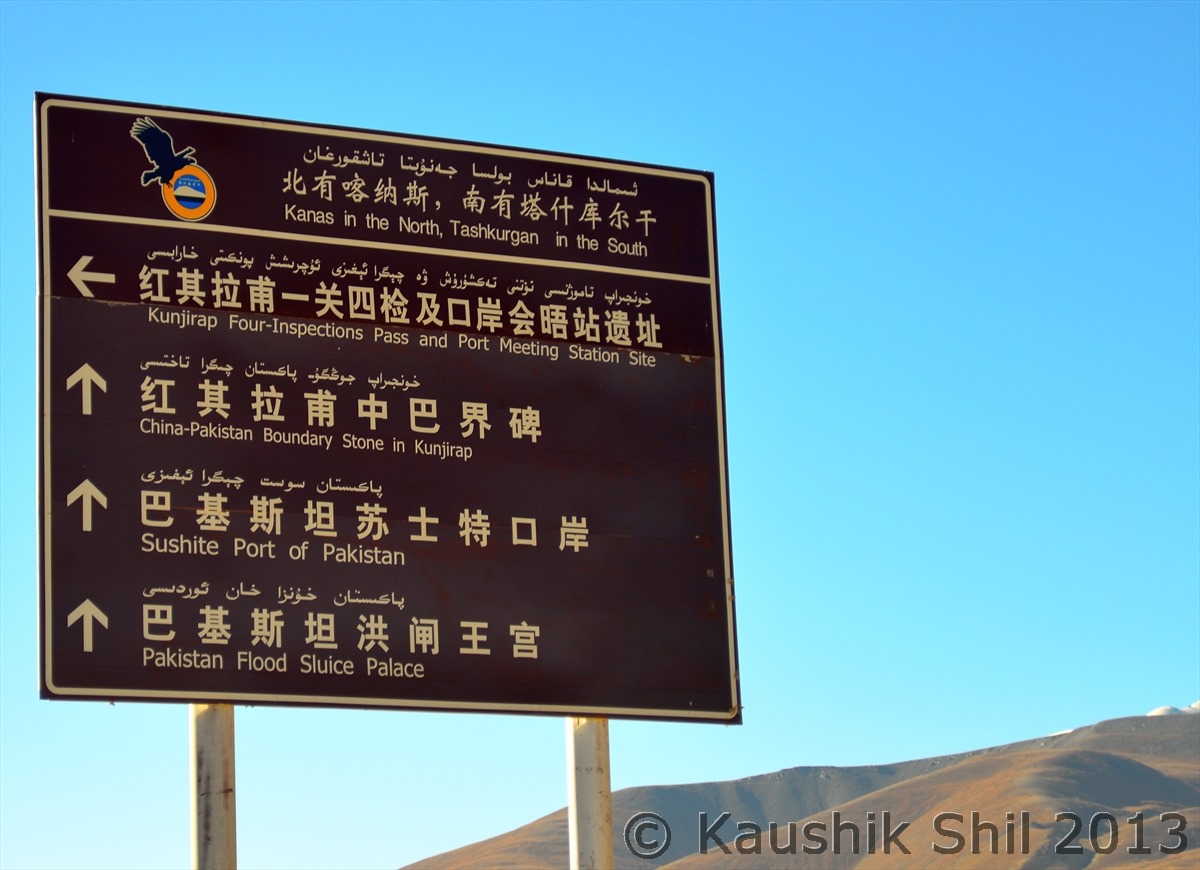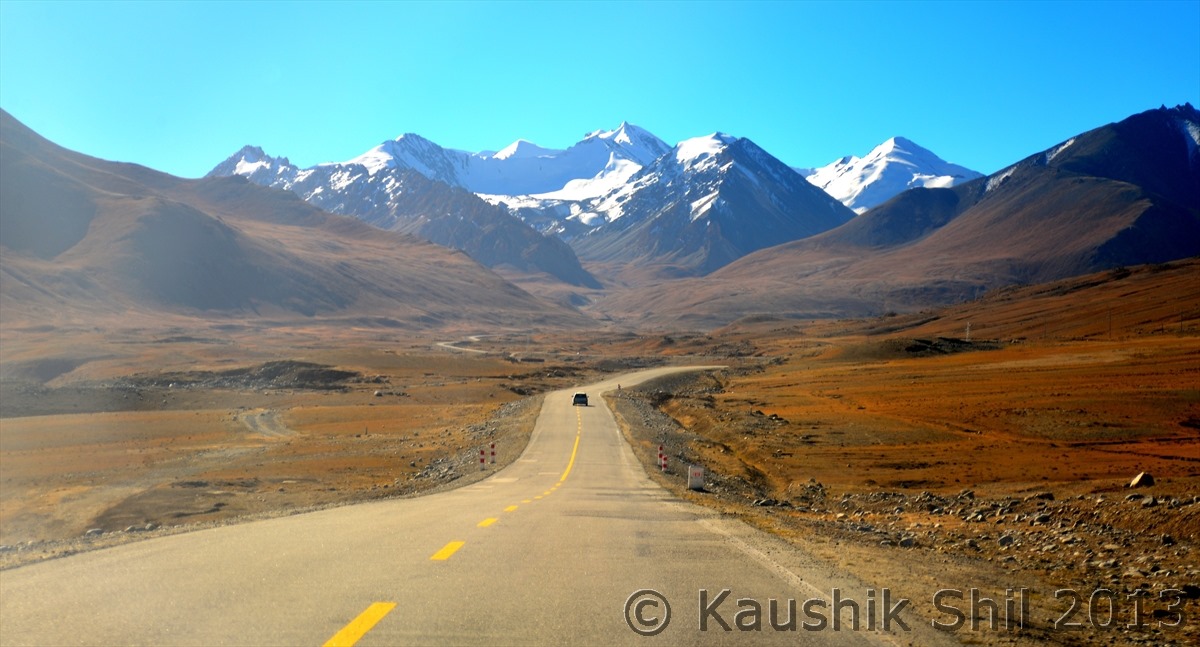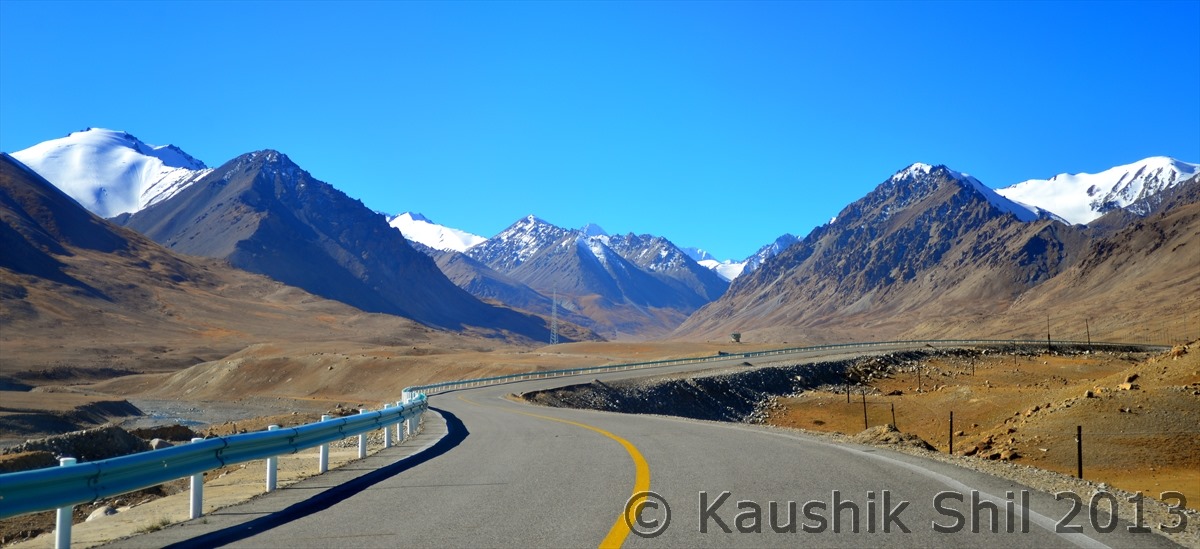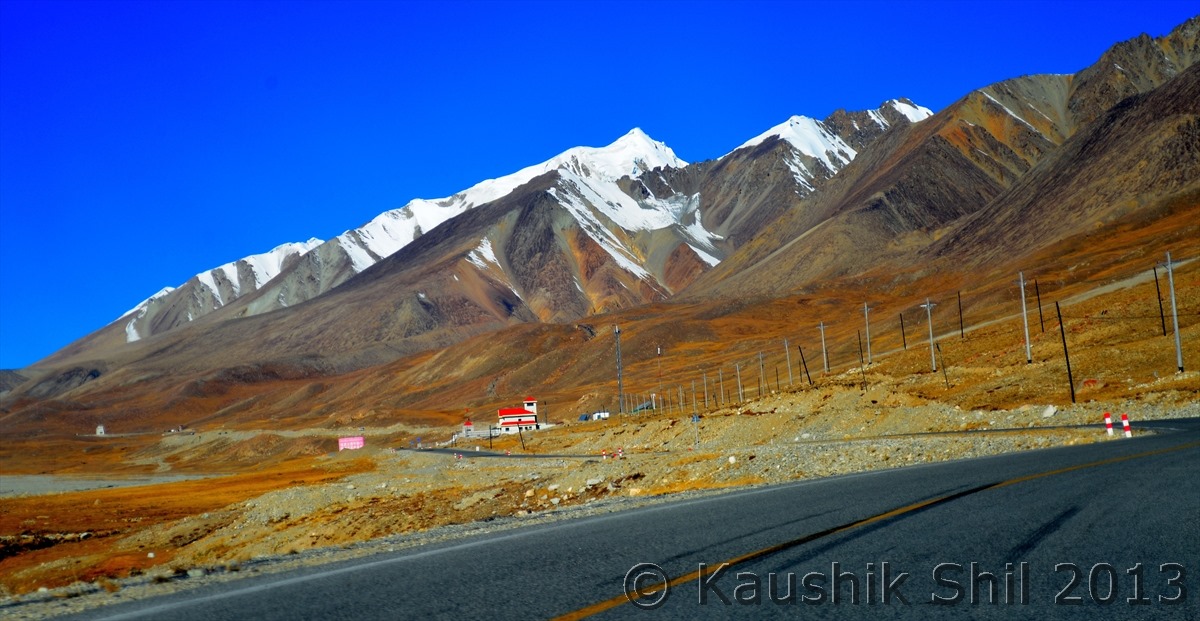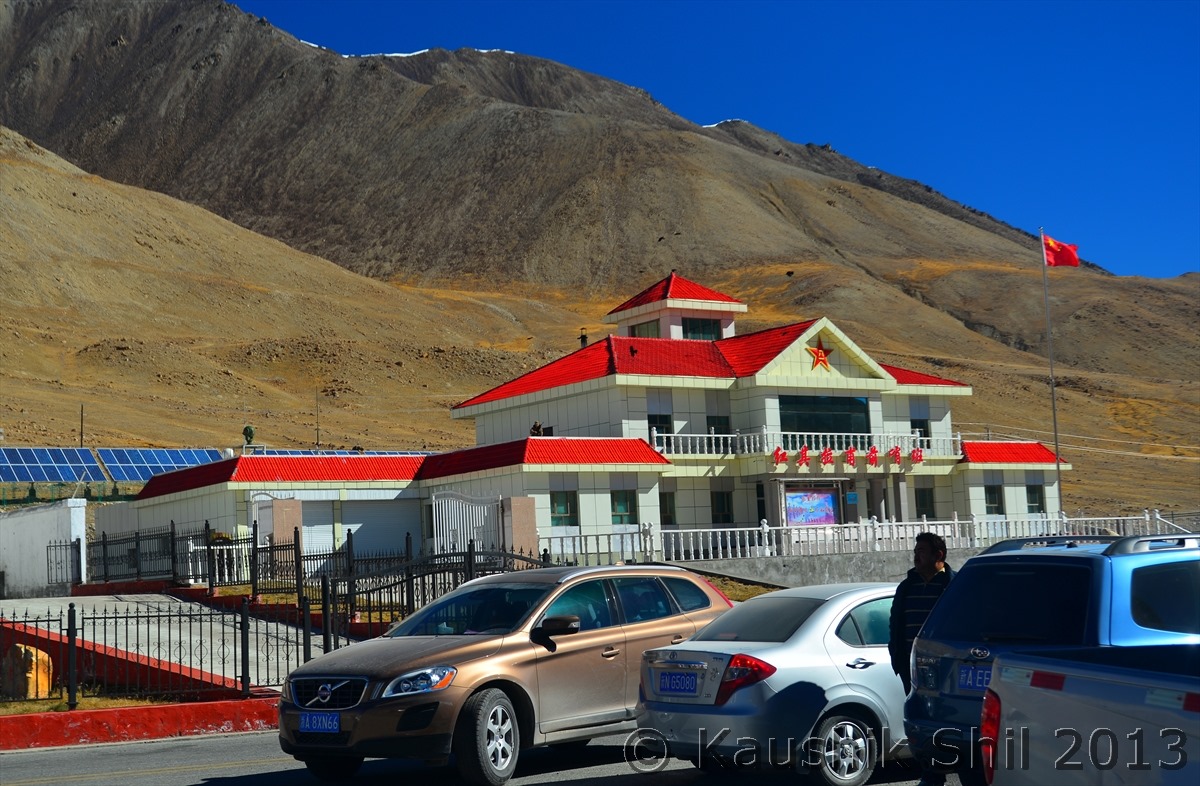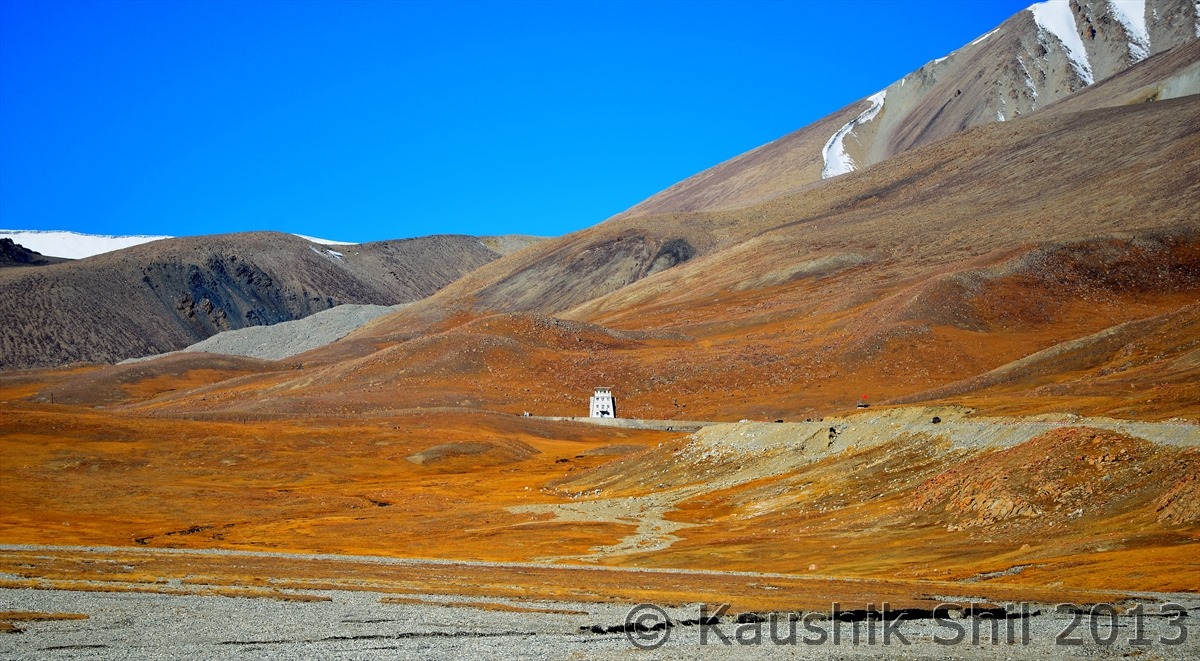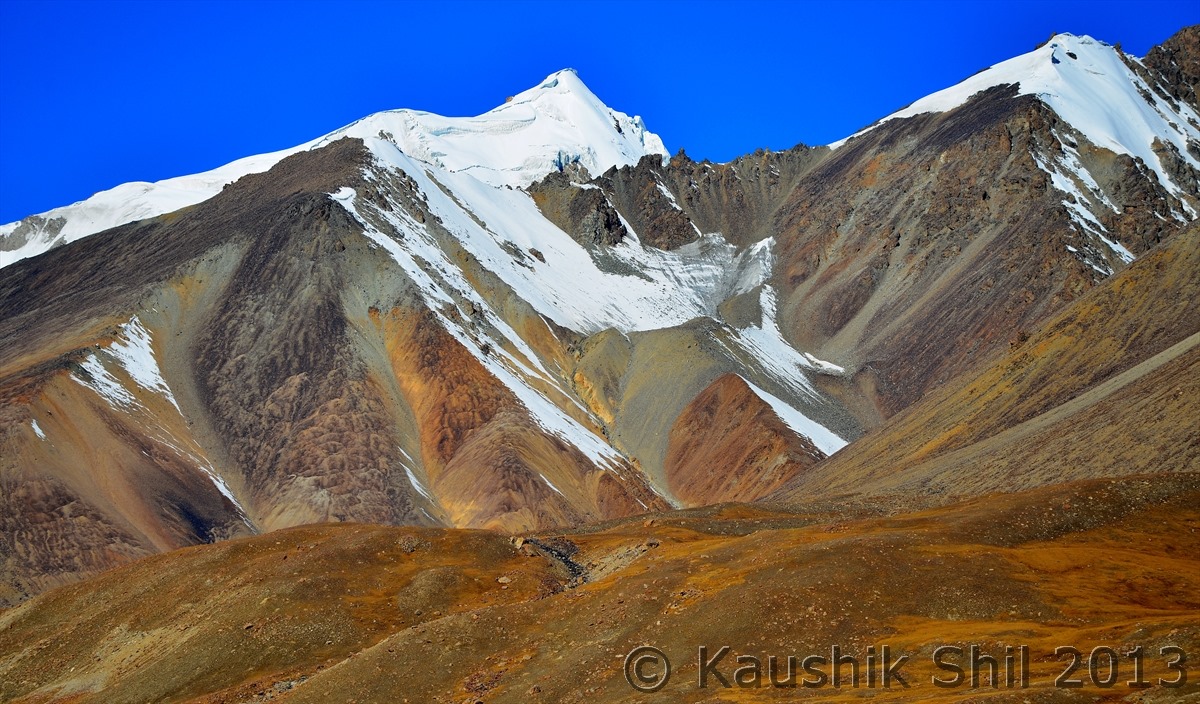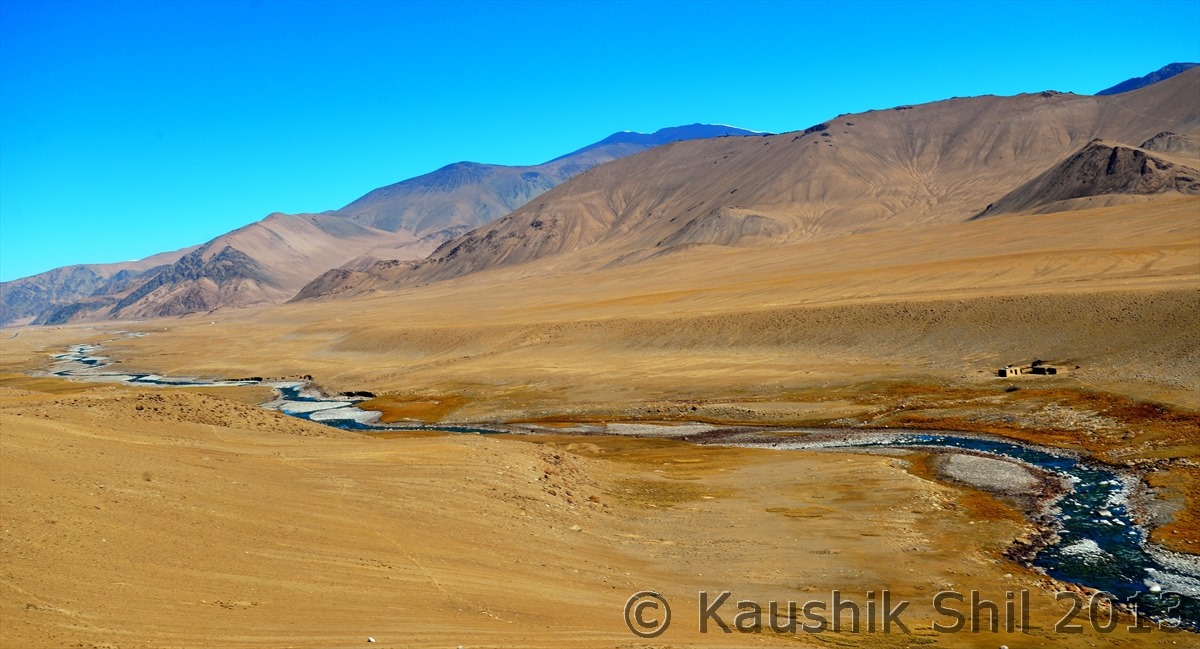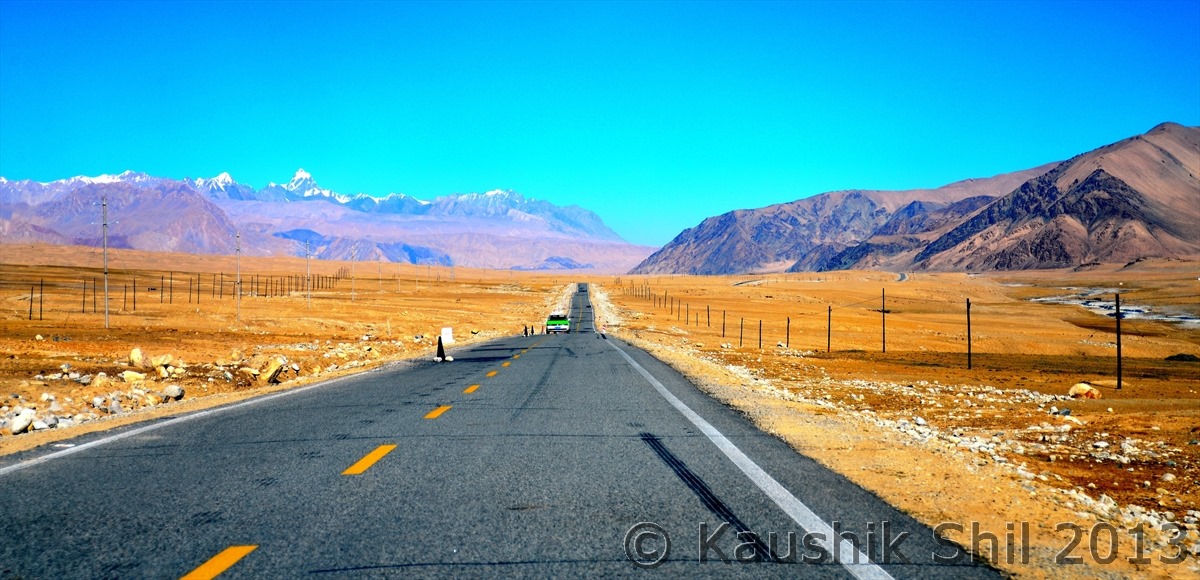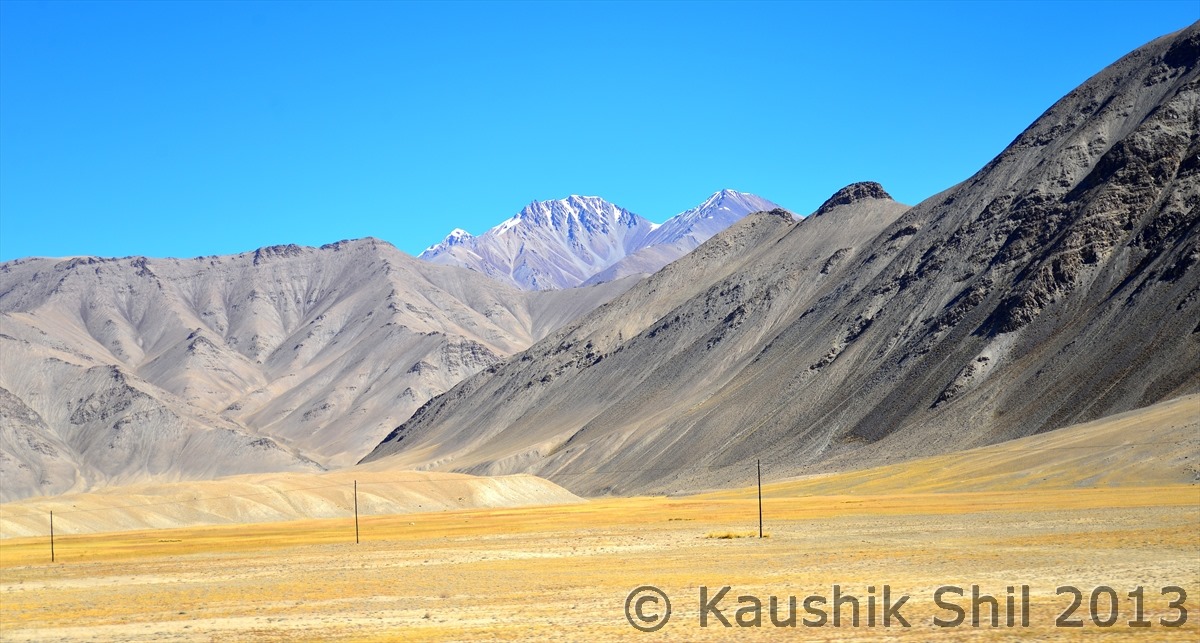Day 14:
Surprisingly the hotel we got in Tashkurgan was real nice and we didn’t expect such a good accommodation in 5th/ 6th tier town in China but that indicates how far this country has already progressed. Modern Tashkurgan is a delightful town, compact and made with Greco-Roman style columns, with a large attractive eagle statue, symbols of the Tajiks, stands in the center of the town.
First existence of Tashkurgan was documented in second century book written by Ptolemy as extreme western province for its stand on the trade route over Pamirs and the Karakorum to the ancient Buddhist kingdoms of Taxila and Gandhara (Both are near Islamabad in Pakistan).
Now there are almost 30000 Tajiks live in Xinjiang and apart from very few live in other part of Silk route, they mostly live in high Pamirs around Tashkurgan, so if you want to experience Tajik Culture, Tashkurgan is the place to be unless you visit Tajikistan.Unlike their nomadic neighbours like Kazakh or Kyrghiz, they engage in both animal husbandry and agriculture and in summer time lives in yurt in high mountain with the animals in pastureland where as in autumn they come back to their stone houses in lower altitude.
The major attraction of Tashkurgan is the Stone Fortress perched on top of a hill at the northern edge of the town. The fort was built in 6th century by Tajik king and subsequently destroyed by Genghis Khan’s Mongol army in twelfth century and then rebuilt again. Huen Tsang spent a month in this fort during his return journey from India through the silk road. The view of lush green meadow and pastureland spread across till the border of Pakistan would give you an amazing view once you are on the top of this ruined castle. We thoroughly enjoyed it.
Those who would go to Pakistan overland needs to do their immigration and Customs completed in Tashkurgan. As the road proceeds further south, within 30km from Tashkurgan a road bifurcates to the west and further proceeds to Wakhan Corridor of Afghanistan but it’s off limit for international tourists and also the other side of border in Afghanistan end the nearest road head is 100km further, so this is not a place to venture into Afghanistan but this is strategically very important to NATO forces during their Afghan war as this area has least control of Taliban and NATO asked permission to PRC for using this route to replenish their supply lines. But showing internal security reasons China denied that. The main road proceeded further south to Khunjerab Pass. crossing a barren and treeless landscape. The name came in Wakhi language means “Valley of Blood” referring to murderous raids on caravans and travellers staged from the neighbourhood of Kingdom of Hunza. Pakistan’s entry formalities taken 86 km further when the road descends to 2500 meter from Pamir Top at a place called Sost, which someday we dream to touch upon. Khunjerab is highest paved border crossing in world and officially remains open between 1st May to 31st October.
We came back to Tashkurgan to find for this day our hotel is completely filled up, with lot of effort from Hasan, we finally managed to stay in Govt Hotel (Stone City Hotel) in Tashkurgan for this night, it was actually within Golden Holiday week and in remotest corner of China we were almost running short of accommodations, so think again before you plan any trip to China during that time.
Inside Tashkurgan Hotel:
Traditional Tajik Drawing room:
The Hotel at Tashkurgan:
Karakoram Highway :
Pamir Top – On the other side of Mountain, Wakhan Corridor, Afghanistan:
Exquisite Beauty of High Pamir:
Yaks crossing Karakoram Highway:
Colorful “Roof of the World” – Pamir Plateau:
Karakoram Highway, the concrete road built on High Pamir and Karakoram, certainly an engineering marvel:
Dreams coming closer:
Driving through Pamir, on the backdrop of Karakoram, a drive to remember on Karakoram Highway:
Now ascending to Khunjerab Pass:
Far away Chinese Last Post on Khunjerab Pass:
The Last Chinese Post in Khunjerab, Photography is strictly prohibited, took a long shot, the building looks nice in backdrop of the mountain, just artistic perspective, no other motive please![]() (In the balcony of first floor try to spot army man with AK-47)
(In the balcony of first floor try to spot army man with AK-47)
The gate between China and Pakistan, 500 mtrs away, this side China and other side Pakistan, on top of Khunjerab Pass:
Colorful Karakoram (Karakoram means Black Mountains):
Khunjerab is watershed, this one flowing towards China, Tarim Basin (would finally lost in deadly Taklamakan):
Returning back to Tashkurgan through same road:
Crossing the side of Wakhan Corridor again:
Previous: Day 13/Part 2
Next: Day 14/Part 2
